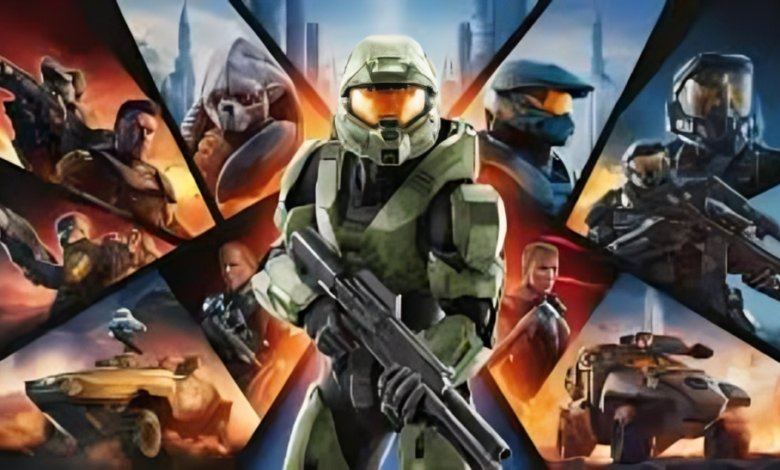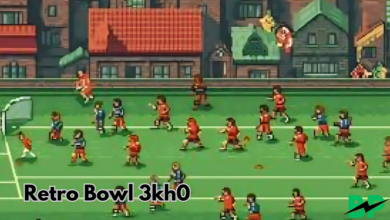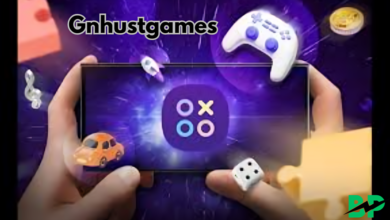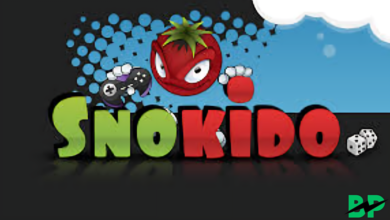Halo (2003) Game Icons Banners The Evolution of an Iconic Legacy

Since its release, Halo: Combat Evolved (2001) and its sequels have etched themselves into the fabric of video game history, with the 2003 edition standing out for its unique evolution in visual identity, including game icons and banners. This article will take a deep dive into the Halo (2003) game icons banners, showcasing their impact, evolution, and significance in branding the Halo series. Whether you’re a die-hard Halo fan or an enthusiast of game design, understanding these visual elements can offer insight into how game franchises evolve and retain their audience.
The Significance of Game Icons in Halo (2003)
Icons are more than just visual representations; they are the gateway to a player’s immersive experience. In the case of Halo (2003) game icons banners, the use of visually striking imagery like the Master Chief’s helmet, Covenant symbols, and iconic weaponry helped establish an instant recognition factor.
The Visual Elements of Halo (2003) Icons
The Halo (2003) game icons banners utilized minimalistic yet impactful design strategies. Key colors such as dark green, metallic gray, and rich shades of blue, paired with sharp, futuristic typography, encapsulated the essence of the game’s intergalactic battles. These colors did more than merely signify the game; they embodied the tone of futuristic warfare.
The Master Chief’s helmet stands as the quintessential icon, symbolizing strength, heroism, and humanity’s last stand against alien threats. This image, along with the Halo ring logo, helped ensure that these icons transcended beyond mere branding and became integral elements of the Halo universe.
The Role of Banners in the Branding of Halo (2003)
How Banners Drive Engagement and Fandom
Halo (2003) game icons banners were not only vital for in-game menus but also appeared across marketing materials, social media, and community events. Banners, often showcasing cinematic action scenes or detailed character portraits, created a sense of anticipation and engagement for players. Whether promoting multiplayer events or expansions, these banners became synonymous with exciting content.
Iconic Campaign and Multiplayer Banners
One notable example was the “Halo 2 Teaser Banner” that launched before the game’s release. Even though technically associated with Halo 2, its visual style was rooted in the branding that Halo (2003) game icons banners’s established. The promotional banners displayed sweeping images of the Halo ringworlds, iconic vehicles like the Warthog, and high-stakes battlegrounds. These elements allowed players to visually explore the in-game universe even before launching into battle.
Iconography Evolution from Halo (2003) to Later Editions
While Halo (2003) game icons banners laid the foundation for the franchise’s visual language, it evolved through each sequel to reflect the changing narrative. For example, Halo 2 added deeper shades and more intricate typography, while Halo 3 emphasized larger-than-life heroism with banners that featured grand landscapes and battle scenes.
Consistency in Design Language
Despite changes across sequels, the Halo (2003) game icons banners were influential in maintaining a consistent design language across the franchise. The ringworld imagery, combined with intricate metallic hues and sharp-edged typography, stayed central throughout the Halo series. This consistency helped the series maintain its strong visual identity, contributing to the global recognition of the brand.
FAQs
Q: What makes the Halo (2003) game icons stand out?
A: The icons for Halo (2003) are simplistic yet deeply impactful, drawing from a rich palette of colors and symbols like Master Chief’s helmet and the Halo ringworld. They embody the thematic essence of the game and have become lasting symbols for the franchise.
Q: How did banners influence the popularity of Halo (2003)?
A: The banners, used in both in-game and promotional content, set the visual tone for Halo’s branding. The cinematic portrayal of characters and battle scenes in these banners heightened the sense of adventure and anticipation among fans, contributing to the game’s immense popularity.
Q: Are the Halo (2003) game icons banners still relevant today?
A: Yes, many elements from the Halo (2003) visual set are still referenced in modern Halo iterations. While the designs have evolved, the core symbols like Master Chief’s helmet and the Halo ring continue to resonate with fans, demonstrating their timeless appeal.
Q: How did the design of these icons and banners impact other games?
A: The design of Halo (2003) game icons banners set a high standard in the gaming industry for using minimalistic yet powerful imagery. Many sci-fi and first-person shooter games have since adopted similar approaches, aiming to create a strong visual identity that captures the essence of the game.
Conclusion
Halo (2003) game icons banners were crucial in defining the visual identity of the Halos franchise. The combination of bold, minimalist icons and expansive, cinematic banners created a powerful and enduring aesthetic that continues to influence both the game series and the wider gaming world.
Through their consistent use of thematic colors, powerful symbols, and engaging visual design, these icons and banners have ensured that Halo remains one of the most recognizable franchises in video game history. The Halo brand, bolstered by its visual identity, is not just a game series it’s a cultural phenomenon.




